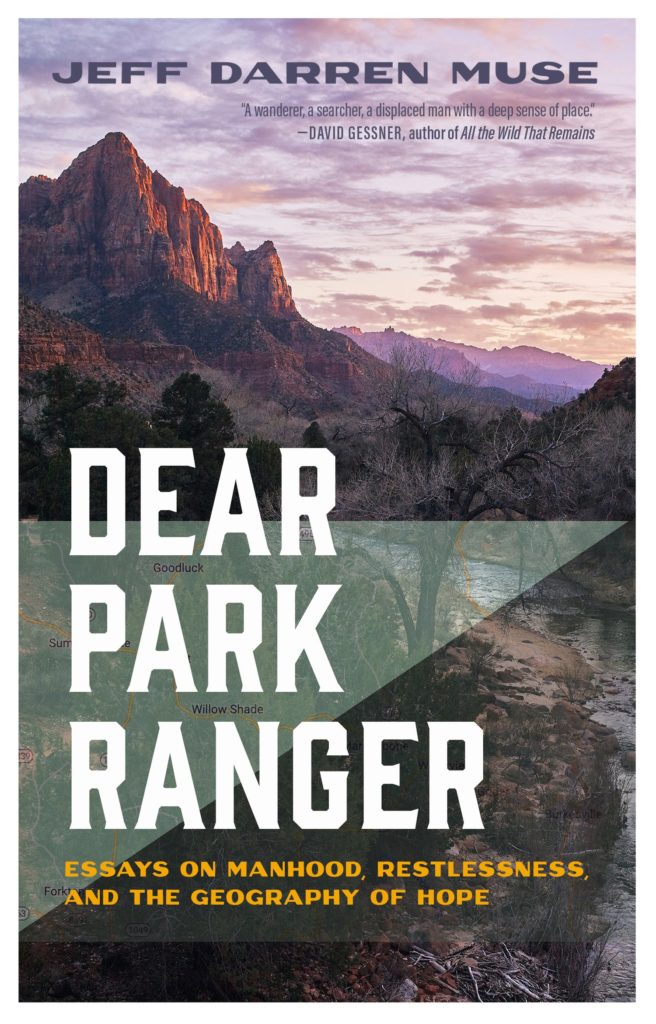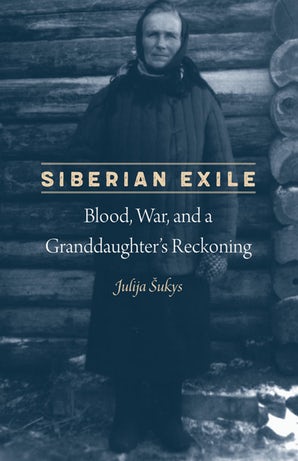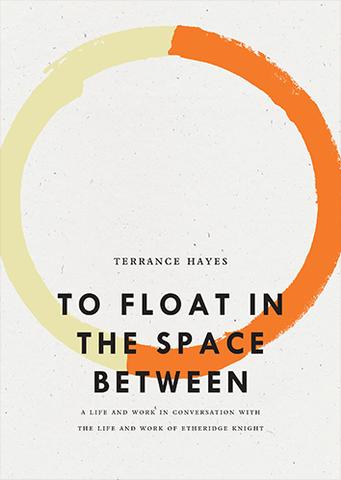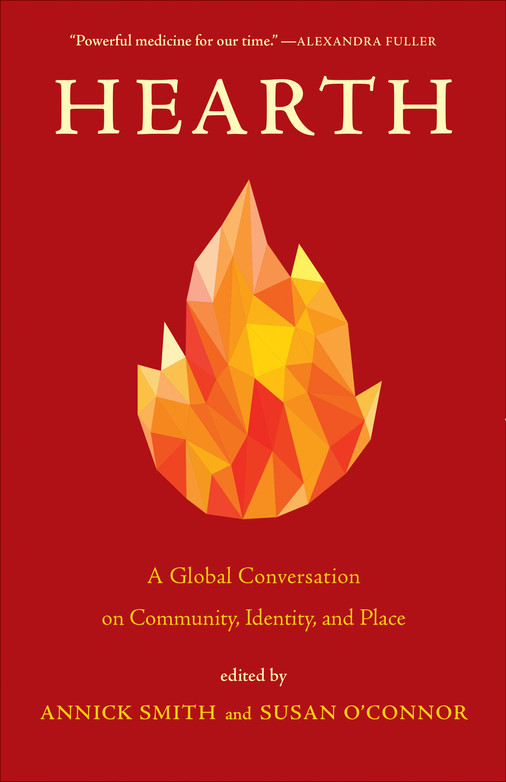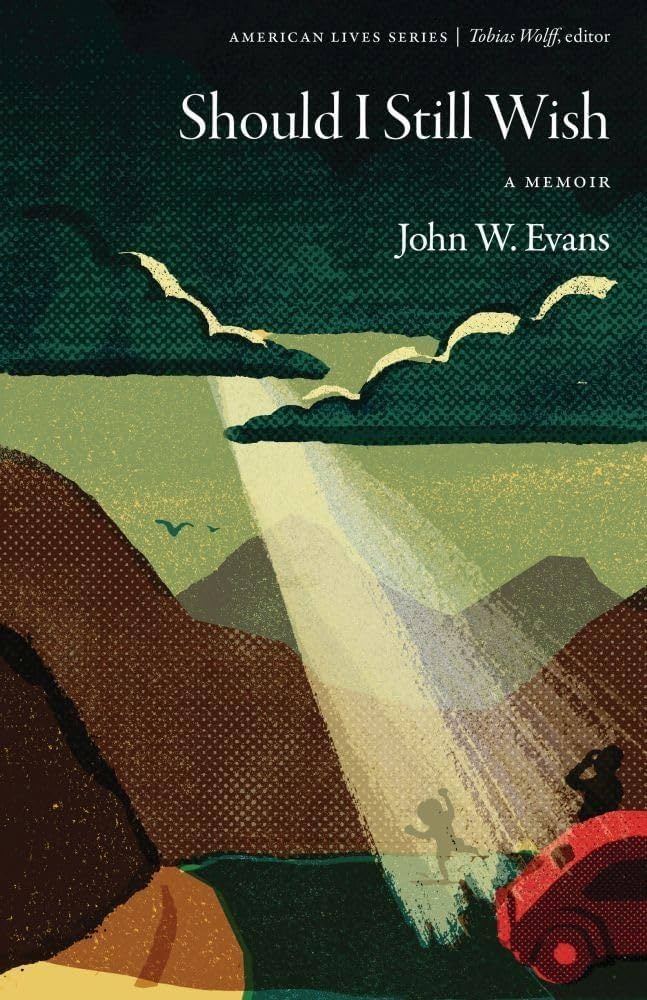By Renee E. D’Aoust
on Water Rising by Garth Evans and Leila Philip
Garth Evans and Leila Philip’s Water Rising calls to mind the way Merce Cunningham and John Cage worked side by side while living together as life partners. Cunningham and Cage joined dance and music by intentional collaborative chance. How do you produce a work of art that exists in two minds and media yet is created independently and concurrently?
Somehow, Garth Evans and Leila Philip, who are married, have done this — and more. Water Rising is a tactile, textured book, combining watercolors and poetry, a union bound by form, if not function.
Water Rising functions as a tribute to a shared creative life, but the chance that its creation would work as a thing of beauty was probably far from sure during its making. How do you know that works created independently will come together? The form is that of an art book. With admiration, my grandma would call it a coffee table book, and it feels like a sculpted vase filled with flowers.
Indeed, Garth Evans is a well-known sculptor, and he doesn’t usually work in the medium of watercolors. (For this project, both Evans and Philip worked in media that was different from their regular choices; Philip usually writes book-length prose.) Evans’s watercolors have a three-dimensional feel to them: one turns the page, and one walks inside a sculpted room. I’m reminded of Rothko’s use of color but with a profound difference: Evans uses color with warmth, not desolation.
A vertebral painting begins the book. Placed opposite Matthias Waschek’s excellent “Introduction,” two puzzle pieces, one in light yellow ochre and the other in a nuanced soft pink, sit on a background of Veronese green with streaks of the same soft pink. Evans’s use of color is extraordinary, and the reproductions are exquisite.
Throughout the book, neither comments on the other’s work, but as viewers and readers we find a relationship even though two very different media have been hinged together. Garth Evans’s watercolors look like vessels, which might hold creative inspiration. Indeed, in Leila Philip’s poems, containers are filled: a town, a coyote’s tummy, the woods with bird sound. “Here,” the first poem, shows how “stars open / dark sky. All winter / we hear the hollow / gourds of sound: owls calling.”
In the next poem “In the Drawing,” “[t]his tree makes no claims / does not offer up its suffering.” The lack of a claim on one another becomes a theme of the book whose creation was made by two artists working independently while living together. The book’s project is not to work through any emotional components of marriage. What it celebrates is the way art is made possible when produced independently yet is supported by an intentional and strong union.
Perhaps because I am a Brancusi fan, I’m particularly in love with Philip’s poem, “Brancusi’s Head.” Brancusi was a sculptor who combined all sorts of media, marble with wood, for example, so it’s fitting that Evans’s painting across from the poem evokes such surprising combinations. It’s possible to visit Brancusi’s studio at the Centre Pompidou in Paris. Once there, I remember sensing a similar kind of question and affirmation that Philip articulates so well in this poem:
And was this the final perfection Brancusi had been seeking?
Defiant Zeus, Athena wave tossed and silver, Brancusi’s
now forever. Secret muse, teach me to be fierce,
pushed and pulled by waves:
earth, water,
water, earth,
you have arrived just in time. White stone
my talisman.
How does one identify the narrative of two married artists working in two media who insist that the product of their collaboration is one of chance? That kind of parallel collaboration is possible only when both artists are prepared in their own right. They are prepared from their long work in their respective fields but also through discussing their project before they began. It is this kind of preparation that favors Water Rising.
In “A Note” at the start of the book, Evans and Philip explain their thinking as they brought these pieces together after a year of working independently.
As we looked together, it became clear to us that both the poems and the watercolors are rooted in the place where we live [“in a quiet corner of Connecticut”]. We began to think about the ways in which art, and especially both literature and landscape painting, had contributed to American environmental activism.
One way to honor their collaboration is, as they say, to donate “100% of net proceeds from book sales . . . to support environmental stewardship.”
For me, there are two ways this book reflects on marriage and art. First is to abstract or remove the personal narrative from the poems and the paintings. Abstraction is not detachment, as it sounds, but engagement. To render something through realism is to recreate that which cannot be recreated. A description of an object is not the object, and a still life is not alive. What seems more alive than realistic renderings is abstraction of something known, but illusory.
The other way is for both partners to try something new and then report back, in a kind of listening assignment meant not to revitalize or support but to reaffirm the partnership. Together, in marriage: we are one, and we are two.
Water Rising is a stunningly beautiful and tactile book. It should be displayed — like a sculpture — in the center of a room, reachable by those who are primarily connected to the vitality of where they live, each and both.
Water Rising by Garth Evans and Leila Philip
New Rivers Press | Minnesota State University Moorhead
$50.00 clothbound | Buy Now!
Net proceeds will be donated to organizations that support environmental stewardship if you purchase at the Water Rising website. The book is also available at Amazon and SPDBooks.
Renee E. D’Aoust‘s Body of a Dancer (Etruscan Press) was a Foreword Reviews “Book of the Year” finalist. She has received six “Notable” listings in Best American Essays and three Pushcart Prize nominations. Forthcoming and recent publications include Brevity, Essay Daily, Los Angeles Review of Books, Rain Taxi, Sweet: A Literary Confection, and Trestle Creek Review. She is an AWP Writer to Writer mentor and managing editor of Assay: A Journal of Nonfiction Studies. D’Aoust teaches online at North Idaho College and Casper College, and she lives in Idaho and Switzerland. Follow her @idahobuzzy and visit www.reneedaoust.com.


